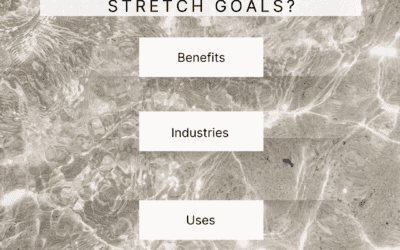
Phases of a project’s life cycle are represented by a project management life cycle. It covers all of the procedures, jobs, and actions that a certain project needs to take.
The numerous duties involved in beginning, carrying out, and finishing a project are organised by a project manager. Before a project begins, planning the anticipated stages can assist ensure that there are fewer delays and issues and that the project is completed on schedule. An overall framework that directs initiatives from beginning to end is beneficial for both basic and complicated projects.
There are numerous steps in every project life cycle. The following four or five stages are present in practically all project life cycle models, despite the fact that there are many different models.
Starting a Project
Managers identify an issue and determine whether it is worthwhile to develop a project-based solution at the project initiation stages. They evaluate the worth and viability of the potential enterprise using business case documents and feasibility studies. The project moves on to the second stage if it passes these evaluations.
Planning a Project
The purpose and scope of the project are determined during the project planning phase. Also, project managers utilise this stage to establish a project budget, identify necessary resources, and start assembling a team to carry out the project’s tasks.
Based on the project’s needs, the project manager might provide a report that fully explains the strategy. Also, a defined programme might include suggestions for roadblocks, the appropriate template documents, and a deadline for project completion.
Carrying out a Project
Project managers assign tasks to team members during this phase, and the team completes them. During this phase, the project’s objectives are actually produced and worked on. Members of the team produce deliverables and carry out the plan that was developed during the prior phase.
Completion of a Project
The project enters its final phase once all of the work necessary during the implementation stage has been finished. Key stakeholders are informed of the project’s completion by the project manager during the project closure phase. At this point, all deliverables have been given to the stakeholders. During this phase, many project managers assess the project’s success in order to enhance their life cycle management procedure for upcoming projects.
Controlling and Monitoring a Project
A fifth step that runs concurrently with the third stage of implementation of a project is included in some project life cycle models. The project manager keeps an eye on the progress of the project during this monitoring and control phase. They give team members feedback, ensure that all project components are finished on time, and deal with challenges. Managers can prevent scope expansion and keep projects under reasonable time constraints by keeping an eye on the project’s progress.




